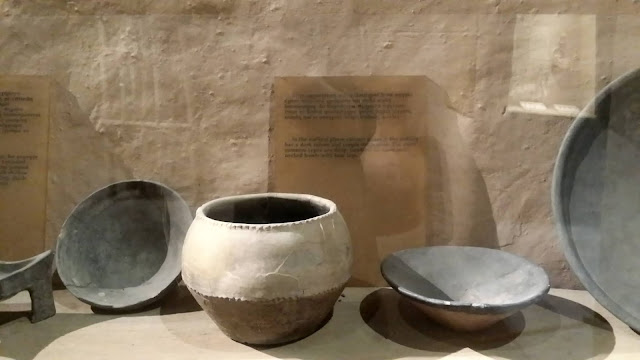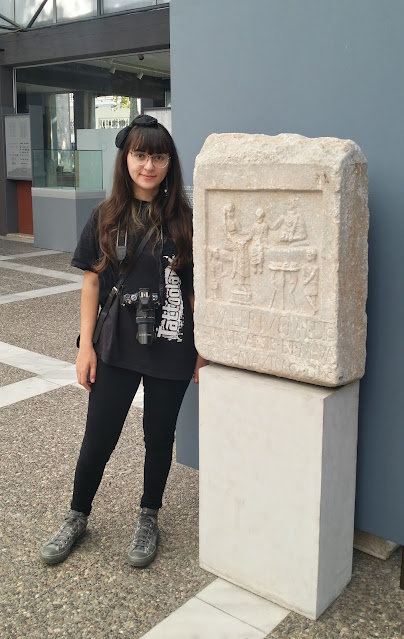The history of Drama dates back to the Middle Paleolithic Era(50,000 BC), continuing with the farmers and herders of the Neolithic communities(5,500 - 3,300 BC). From the societies of the Bronze Age(3,300 - 1,050 BC) to the Early Iron Age(1,050 - 700 BC), and further through the Archaic and Classical periods, the Roman, Byzantine, and up to the present day. All of this history had to be brought to light. The building of the archaeological museum was constructed in 1999 by the Municipality of Drama and was handed over to the Ministry of Culture. The oldest finds come from the area of Kallifytos and the cave of the sources of the Angitis River(50,000 BC). Additionally, prehistoric finds from the prehistoric settlements of Sitagres and Arkadikos(6,000 - 4,000 BC) have been uncovered. Numerous vessels from the Early Bronze Age have been found, and Late Bronze Age tombs were discovered in Potamoi and Exochi. Worthy of admiration are the weapons, tools, pottery, and jewelry from the Early Iron Age that were discovered in the surrounding area of Drama. The marble bust of the God Dionysus, as well as the Sanctuary of Dionysus in Kalli Vrysi, serve as proof of the worship of the God in the area. The 860 silver coins of King Philip II of Macedon, discovered in Potamoi, confirm the region's inclusion in the Kingdom of Macedonia. Roman-era finds also indicate that the area was a Roman colony of Philippi. The history of the region continues through the Early Christian and Byzantine periods(324 AD - 1383 AD) until the modern era(1383-1913). Though few Byzantine monuments remain, there are enough to demonstrate the region's presence during those times. Finally, in the museum, one can explore the Drama of modern times through a photographic exhibition from the beginning of the Ottoman era to the mid-19th century.














































































































































Δεν υπάρχουν σχόλια:
Δημοσίευση σχολίου